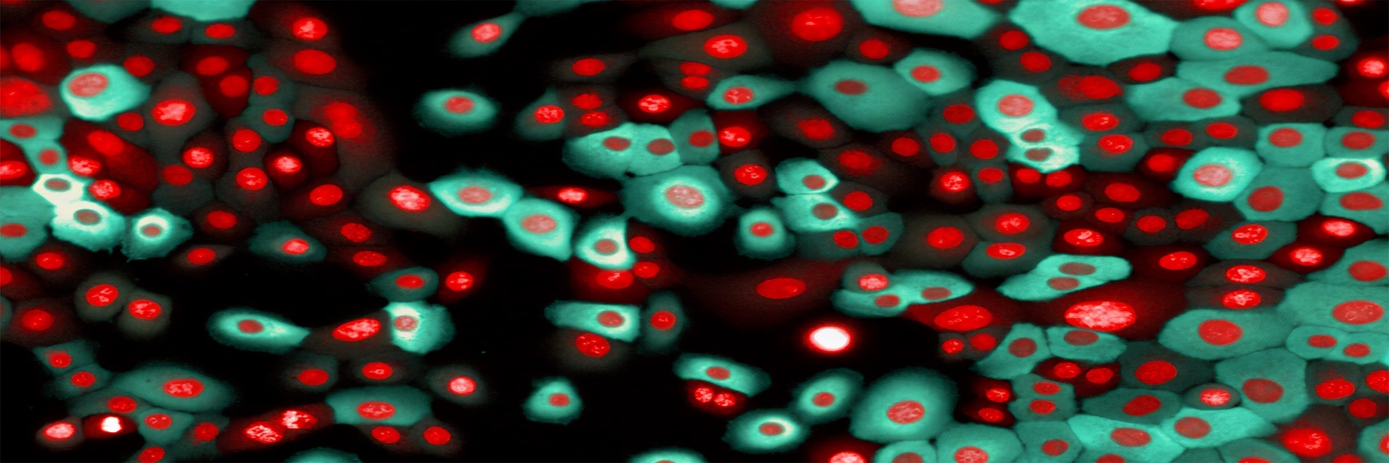Why
Live-cell imaging enables researchers to study dynamic cellular processes, behaviour and function in real time and over time, giving a more complete and realistic view of biological function. Rather than having to prepare one sample for every time point and fixing the cells at that point, researchers can analyze a single sample over time, reducing the additional burden and cost of running parallel samples.
Live cell imaging is helpful when the endpoint of the assay is unknown, for example, when analyzing long-term toxic drug effects. It may also be beneficial to avoid fixation reagents, as they influence the sample in an uncontrolled way and may change protein localization, such as when studying protein trafficking.
Also, single-cell tracking software enables individual cells to be followed over time even as they divide. As a result, dynamic processes, that would otherwise be overlooked when studying the whole cell population, can be studied on a single cell level.
Where
Live cell imaging is becoming a requisite technique in cell biology, developmental biology, cancer biology, and many other related biomedical research fields, and has gained importance within drug discovery over recent times, as researchers look for more meaningful insights into cellular behavior and function.
When combined with the ability to phenotypically analyze individual cells on a high-content screening system, live cell imaging enables analysis of events such as proliferation, cellular movement, cell signaling, and morphological changes over time, or the dynamics of apoptosis and cytotoxicity.
In drug discovery, the aim is to identify as early as possible which compounds are most likely to be successful, or indeed unsuccessful, as medicines in humans, so researchers want to study them, wherever possible, in systems – like live-cell assays – that give a more realistic representation of in vivo biology.
How
Today there are dedicated systems to enable live-cell imaging assays, and if high-throughput is required, it’s entirely possible to run live-cell assays in a high-content screening system.
A major challenge of live cell imaging is to keep the cells alive and functioning as normally as possible for the duration of the experiment, which may be hours, days, or weeks. It will likely be necessary to control the cell’s environment – temperature, CO2 and humidity – with minimal disruption over the entire time course.
Another challenge is the photobleaching and phototoxicity that is caused by fluorescent illumination, especially in the UV range. The use of high-power lasers as the excitation source adds to this challenge. A well-designed live-cell imaging system, together with an assay optimized to minimize specimen illumination whilst maintaining the environment, helps overcome these issues.

































